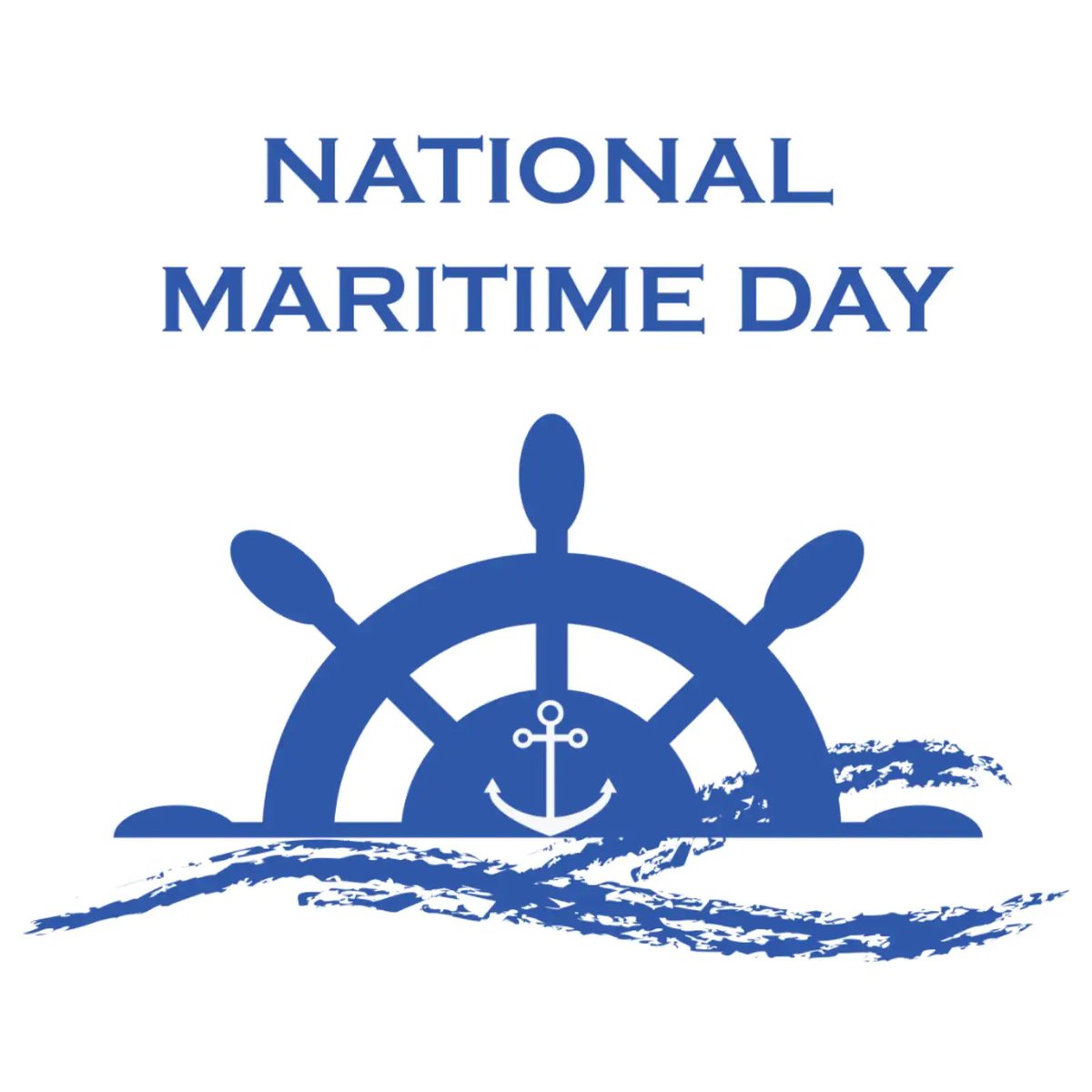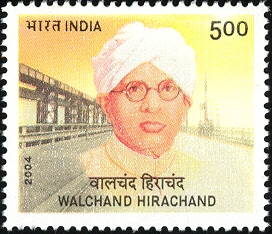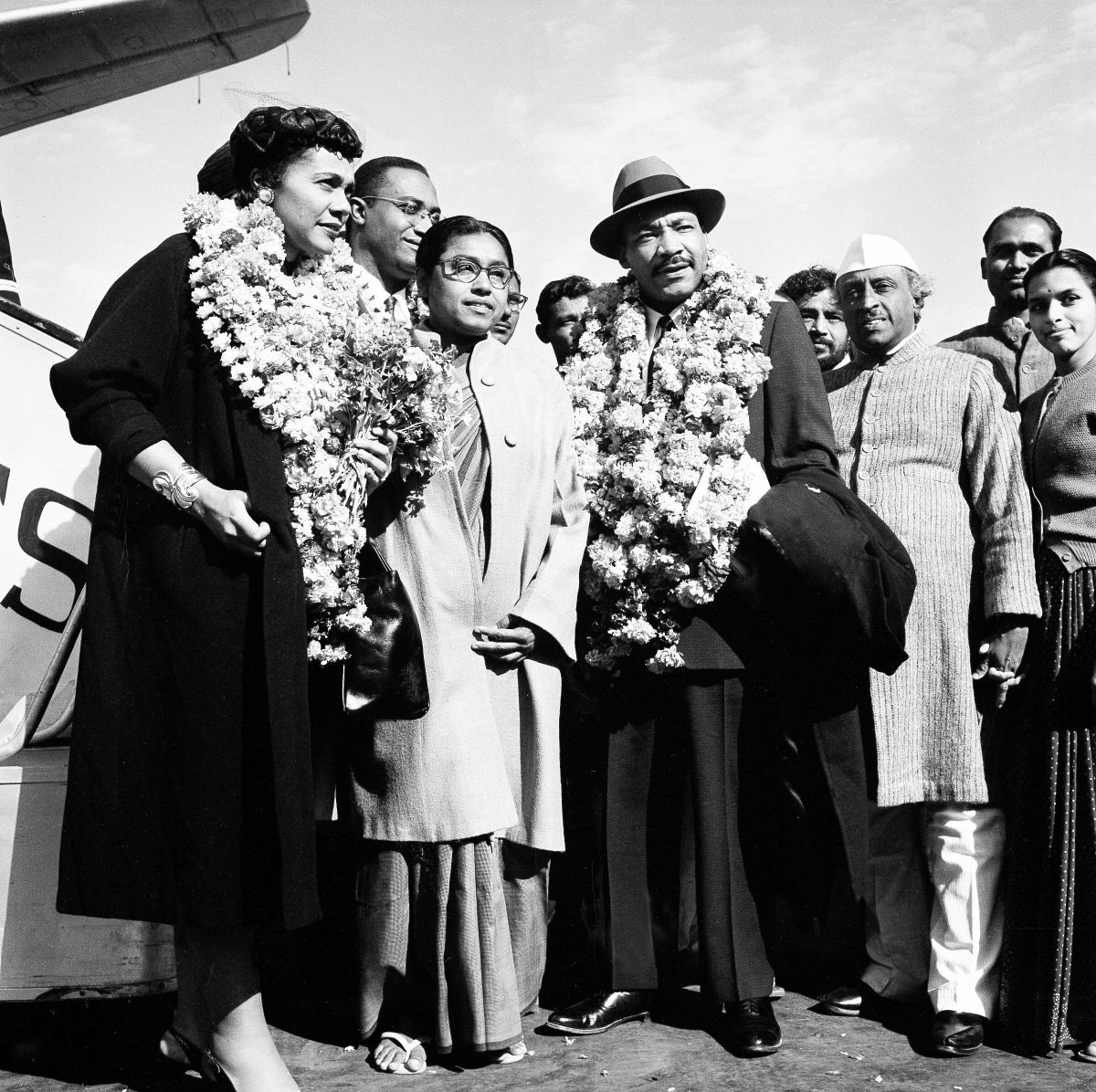
#OTD, 103 years ago, a ship sailed from Bombay for Europe. This voyage created waves whose reverberations would be felt for decades to come. Today we look at the fascinating origin of #NationalMaritimeDay in India (1/n) 

In the late 19th century, some enterprising Indian entrepreneurs decided to take on British dominance of naval trade. Most prominent among them was Jamsetji Tata who started Tata Lines in 1890 (2/n) 

However, Jamsetji’s efforts were scuppered by the British Peninsular & Oriental Steam Navigation Co. (P&O) slashing their tariff by more than 90% resulting in Tata Lines shutting shop after which P&O immediately upped their tariff again (3/n)
In 1906, V.O.C Pillai launched Swadeshi Steam Navigation Co. to take on British India Steam Navigation Co. (BI) for trade routes to Ceylon (4/n) 

When slashing of tariff wouldn’t deter Pillai, BI ships rammed Pillai’s crafts causing the latter to sink. In 1908, Pillai was charged with sedition and arrested, bringing down curtains on his efforts (5/n)
During WWI, Maharaja Sir Madho Rao Scindia purchased the ship RMS Empress of India and converted it into a hospital ship christened SS Loyalty for service during the war. After the war in 1919, SS Loyalty was surplus and was to be sold (6/n) 

It is at this moment that Walchand Hirachand Doshi entered the scene. An enterprising & visionary entrepreneur, he learnt of the ship quite accidentally during a train ride and immediately decided to buy it to launch his marine trade business (7/n) 

Backed by his friends Narottam Morarjee & Kilachand Devchand, Hirachand made his play. Although the Scindias had no commercial interest in the new company, Hirachand still named his venture Scindia Steam Navigation Co. in order to attract investment (8/n)
However it was a hard sell. More than a 100 Indian navigation companies had gone bust, unable to cope with the British players. Moreover, a seemingly insurmountable obstacle stood in his way in the form of Lord Inchcape, the head of BI (9/n) 

A colossus of the shipping world, Lord Inchcape ensured Hirachand’s application was promptly rejected by the Shipping Controller. Undeterred, Hirachand kept on sending complaints of the unfair rejection (10/n)
With the embers of Jallianwala Bagh massacre still burning, tensions were high. As Hirachand’s case threatened to spiral into a controversy, he was allowed to purchase Loyalty (11/n)
Hirachand decided to sail it to London where it would undergo transformation to a passenger liner. A cat and mouse game between Lord Inchcape & Hirachand ensued (12/n)
The British tycoon threatened every shipping agent to prevent them from cooperating with Hirachand. Undeterred, the latter placed ads in Indian newspapers asking for passengers. With the nationalistic sentiments rising, Hirachand’s plan worked (13/n)
His next challenge was getting cargo. Out of fear of antagonizing the fearsome Inchcape, Indian business houses refused him en masse. Hirachand decided to buy 1000 tons of cement and 500 tons of iron for selling in Europe (14/n)
On 5th April, 1919, SS Loyalty was ready to set off on its historical voyage: first by an Indian ship in international waters. None other than Gandhi himself arrived that morning at Scindia Steam Navigation Co’s office to convey his blessings (15/n)
Passengers included royalty like Maharaja Hari Singh of Kashmir, Maharaja Jagatjit Singh of Kapurthala and Prince Ranjitsinhji, the world famous cricketer (16/n)
In the coming years, despite the unfair competitive environment, Hirachand hung on gamely. But in 1923, he was forced to accept a 10-year agreement with Lord Inchcape to restrict operations to coastal waters only (17/n)
Hirachand turned adversity into advantage and acquired several smaller Indian companies, consolidating his position (18/n)
In 1937, Scindia Navigation launched its Hajj services and by the time of Hirachand’s death in 1953, his company owned 21% of India’s coastal trade - once a monopoly of British companies (19/n)
Every year, the day of SS Loyalty’s iconic first journey is celebrated as the National Maritime Day in India - a salute to an indomitable entrepreneurial soul who fought and succeeded in an unequal battle (20/n)
Sources:
livehistoryindia.com/story/people/a…
newsable.asianetnews.com/india/walchand…
Pictures: Wikimedia Commons / India Post / news18.com
livehistoryindia.com/story/people/a…
newsable.asianetnews.com/india/walchand…
Pictures: Wikimedia Commons / India Post / news18.com
• • •
Missing some Tweet in this thread? You can try to
force a refresh
















